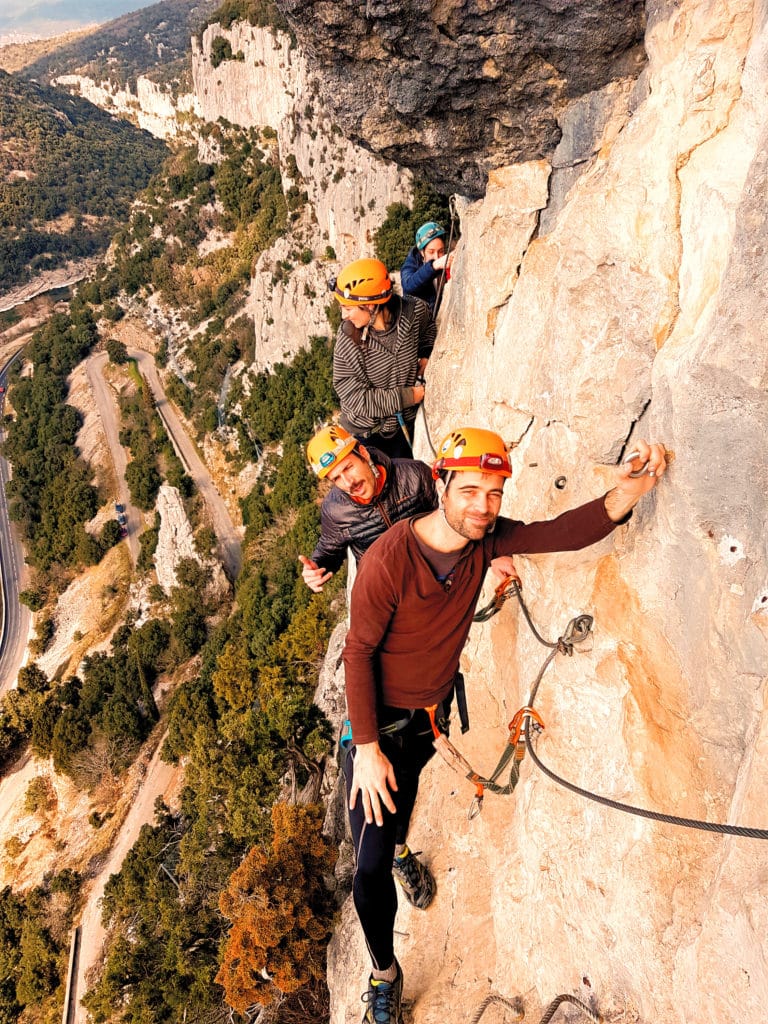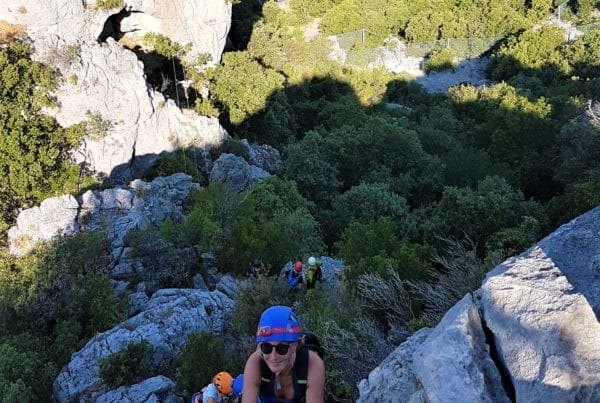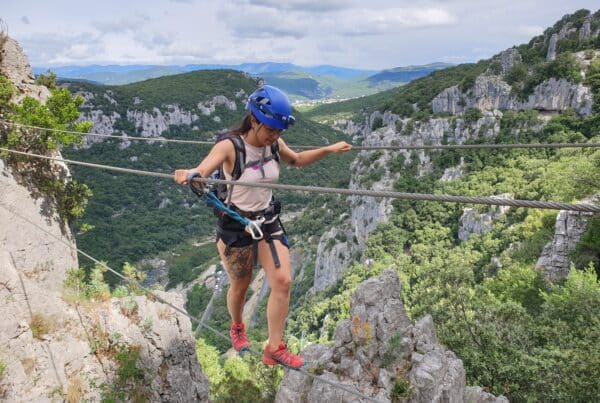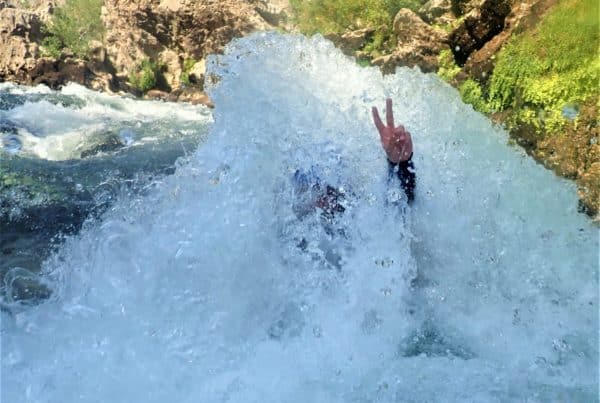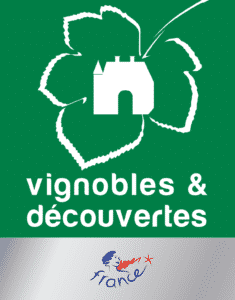Have you ever wondered “What is Via Ferrata?” or “How is it done?”? We’ve put together an article to introduce you to this outdoor activity.
Definition of Via Ferrata
What exactly is Via Ferrata? The term literally means “railway”. A Via Ferrata is a route built on a rock face (peak, mountain, cliff, etc.). The first tourist via-ferrata was opened in 1843 in the Austrian Pre-Alps. The Italians copied the Austrian model for military use. They enabled Alpine troops to cross certain vertical passages in the Dolomites. In the 1980s, via-ferrata began to be used for pleasure and tourism, and by 1990 it was booming. In climbing, progress is made with bare hands on natural rock holds. In via-ferrata, progress is made using ladders, bridges and ramps. A safety cable accompanies you all the way.
This practice is a mix between hiking and climbing. It’s a great way to get your first taste of the vertical. Its hybrid nature and relative ease of use make it an affordable activity for families and children aged 10 and over.
How do you go about Via Ferrata?
Safety is paramount in this discipline. We therefore advise you to practice it with a qualified professional and the appropriate equipment. You’ll need a helmet, a harness and two shock-absorbing lanyards. Gloves may also be useful for added comfort. In addition, we recommend that you wear good shoes, such as sneakers with non-slip soles, for good support and foot protection. Also, for summer outings, it’s important to wear sunscreen and good sunglasses to protect you from the sun.
Aerial passages such as zip lines, monkey bridges and Nepalese bridges make this activity ultra fun!
Where to practice in Hérault
The region is rich in Via Ferrata sites. Our flagship route is located near the Grotte des Demoiselles in Saint Bauzille de Putois. As you climb upwards, you’ll have the pleasure of discovering the sumptuous landscape of the Hérault gorges below.
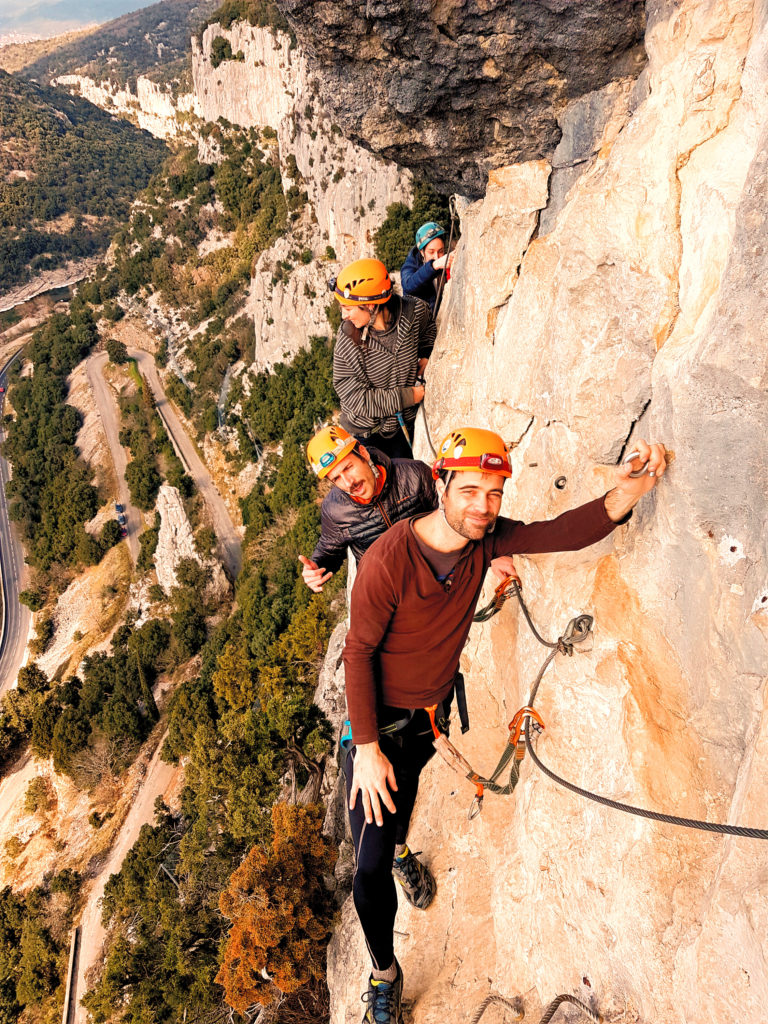
Has this article inspired you to take the plunge? Discover the different Via Ferrata routes we offer here.

